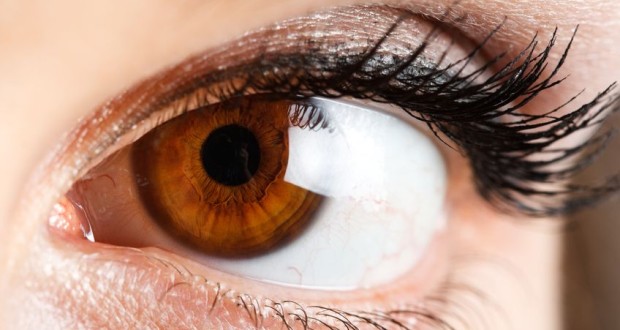No matter what part of the body they affect, bacterial infections are never fun to deal with. Such illnesses cause a barrage of stressful symptoms, and can make getting through a normal workday quite an endurance test. Certain types of infections are more well-known than others. For example, who among us hasn’t come down with strep throat at some point in there lives? Other bacterial diseases are less prevalent, yet can still do plenty of damage to those unlucky enough to contract them. Stye infections would certainly fall into this category, causing the patient to experience a number of unpleasant symptoms. Though they can linger for several days, a stye infection can be remedied with relative ease if handled properly.
A Very Noticeable Problem
It’s pretty easy to tell when someone is sick, as people with illnesses tend to exhibit symptoms like sneezing or coughing. Stye infections are especially noticeable, causing a swollen, painful red bump to develop on the patient’s eyelid. In some causes, the entire eyelid takes on a reddish, swollen appearance and becomes extremely sensitive to touch.
Almost all cases stye infections (roughly 90 to 95 percent) can be blamed on the appearance of a certain infectious bacteria, known by the tongue-twisting name of Staphylococcus aureus. These bacteria are usually found on the skin and respiratory system, and can cause a number of serious infections, including pneumonia, sepsis and bone infections known as osteomyelitis. Stye infections occur when Staphylococcus aureus makes its way into the meibomian glands, which are tasked with moisturizing the eyelid with oil. When enough bacteria enter this gland to effectively clog it, the symptoms of a stye infection begin to appear.
As stye infections are caused by infectious bacteria, they can be easily spread from one person to another. People with a stye are advised to keep their distance from others. In addition, patients should not share any items that might have come in contact with the infected eyelid, including wash cloths, pillow cases, towels and bed sheets.
Treating a Stye Infection
The standard treatment for styes will probably come as a bit of a surprise. In short, a patient is given no medications whatsoever. That’s right, nothing. Stye infections usually clear the body on their own accord, though not without sticking around for up to a week before doing so. Styes usually rupture without external interference a few days after forming, and the contents of the stye subsequently drain from the infected tissue. The eyelid then begins healing itself, a process which usually takes only a short a mount of time.
Though stye infections usually vacate the eyelid without medication, a patient can speed up the recovery process by following a number of useful tips. Should you ever find a stye infection staring back at you in the mirror, give these self-care guidelines a try.
- Tempting as it may be, you should refrain from “popping” a stye as you would a bothersome pimple. Doing so would allow an accumulated stockpile of bacteria to spread to the surrounding areas.
- Soak a cloth with very warm water, lean back and let the cloth rest against the stye for ten to twenty minutes. Do this three to five times per day until the stye dissipates. Applying a warm cloth to the infected area allows more blood to circulate to the eyelid, and can cause drainage from the stye.
- During a stye infection, your eyes have enough to worry about without being asked to read, stare at computer monitors or perform other visually-stressful chores. When not using your eyes for essential tasks, make sure to give them plenty of rest. In keeping with this objective, you should consider getting an increased amount of sleep.
- You don’t need us to tell you that the sun is powerful; it only keeps the planet from freezing, after all. Of course, those ultraviolet rays can inflict a pounding on your body, including your eyes. If you have a pair of sunglasses handy, use them when walking around outdoors.
- While a stye is present, avoid applying eye makeup. Sure, your appearance may suffer a bit, but makeup will only serve to further aggravate the infection. In addition, throw our all of your eye makeup applicators. Since bacterial infections often don’t feature any initial symptoms, there is a good chance your makeup tools acquired a good deal of bacteria prior to the formation of the stye.
- To deal with the persistent pain and inflammation caused by stye, pick up some over-the-counter pain medications from the local drugstores. Ibuprofen, naproxen and acetaminophen should fit the bill nicely.
- Since nearly all styes are caused by infectious bacteria, anti-bacterial cream may prove to be a useful treatment option. Such creams can be bought without a prescription, and are typically applied to the inflamed area every four to six hours (to be absolutely sure, check the directions printed on the tube). Remember to thoroughly wash your hands with soap and water before placing the cream on your eyelid.
 Natural Knowledge 24/7 Educate yourself with nutrition, health and fitness knowledge.
Natural Knowledge 24/7 Educate yourself with nutrition, health and fitness knowledge.






